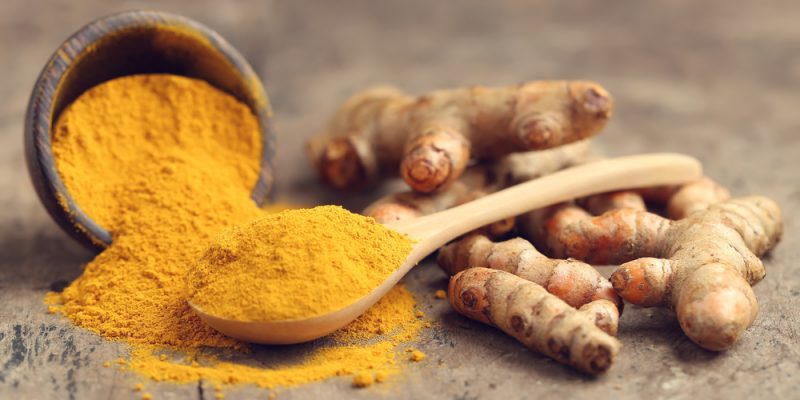The Health Benefits of Turmeric
Turmeric often gets mistaken for it’s cousin ginger, and although they are both rhizomes, they have vastly different flavours and colours. Turmeric is recognisable for it’s bright orange colour and peppery, warm flavour and mild fragrance.
The root is often ground into a powder and the turmeric spice is used in cooking, largely Indian and Southeast Asian cuisine.
Recently, the medicinal properties of turmeric have become popularised, but turmeric has actually been used as a medicinal herb for centuries.
Origins
Turmeric originated in Southern India and this region continues as the world’s largest producer. It has been used for its medicinal properties for centuries; it was reportedly listed in the Ebers Papyrus from Egypt, circa 1500 BC, for use as a dye and in healing wounds. This is one of the earliest surviving records of medicinal plant use.
It was also an important herb in Ayurvedic and Unani medicine, as well as Chinese medicine. It was included in what is considered to be the world’s first pharmacopoeia, the Tang Materia Medica, compiled in China in approximately 659 AD.
Present conditions
Fresh turmeric can be found at greengrocers and supermarkets, but it’s most readily available in powdered form. Turmeric spice is largely used in cooking, such as curries and soups, but recently it has become an alternative ingredient to put in latte’s, smoothies, and other drinks.
Health Snapshot
- The curcumin in turmeric is what produces the orange pigment (good for dyeing) but it’s also packed with health benefits. Curcumin helps with the regulation of inflammation. It’s thought to slow down the inflammatory pathways in the body. It’s anti-inflammatory properties have even been compared to those of non-steroidal anti-inflammatory drugs.
- Turmeric also contains turmerone, which studies have shown can support cognitive performance due to its neuroprotective properties.
- In Ayurvedic medicine, it is used to treat indigestion, purify the blood and quell intestinal gas, cough and arthritis.
- In Chinese medicine, turmeric is used for moving Qi and blood in the treatment of epigastric and abdominal pain, various menstrual irregularities and swellings and trauma.
Getting the most out of turmeric
Selection – Fresh turmeric should be free of dark spots and be crisp and firm. You should be able to nick the skin easily with your nail. The powder should be dry and bright orange in colour.
Storing – You can keep fresh turmeric on the kitchen bench or pantry for 1 to 2 weeks. Turmeric powder should be stored in a cool dark, dry place where it will keep for up to a year.
Preparing – Since its deep orange colour can stain easily, avoid getting it on clothing. To avoid a permanent stain, quickly wash with soap and water.
Cooking – You can eat fresh turmeric raw, but it’s much tastier when cooked. Grate or chop fresh turmeric or use powdered turmeric in curries, soups, tagines, rice dishes, marinades, dressings, on roasted veggies, or even in your morning smoothie.
